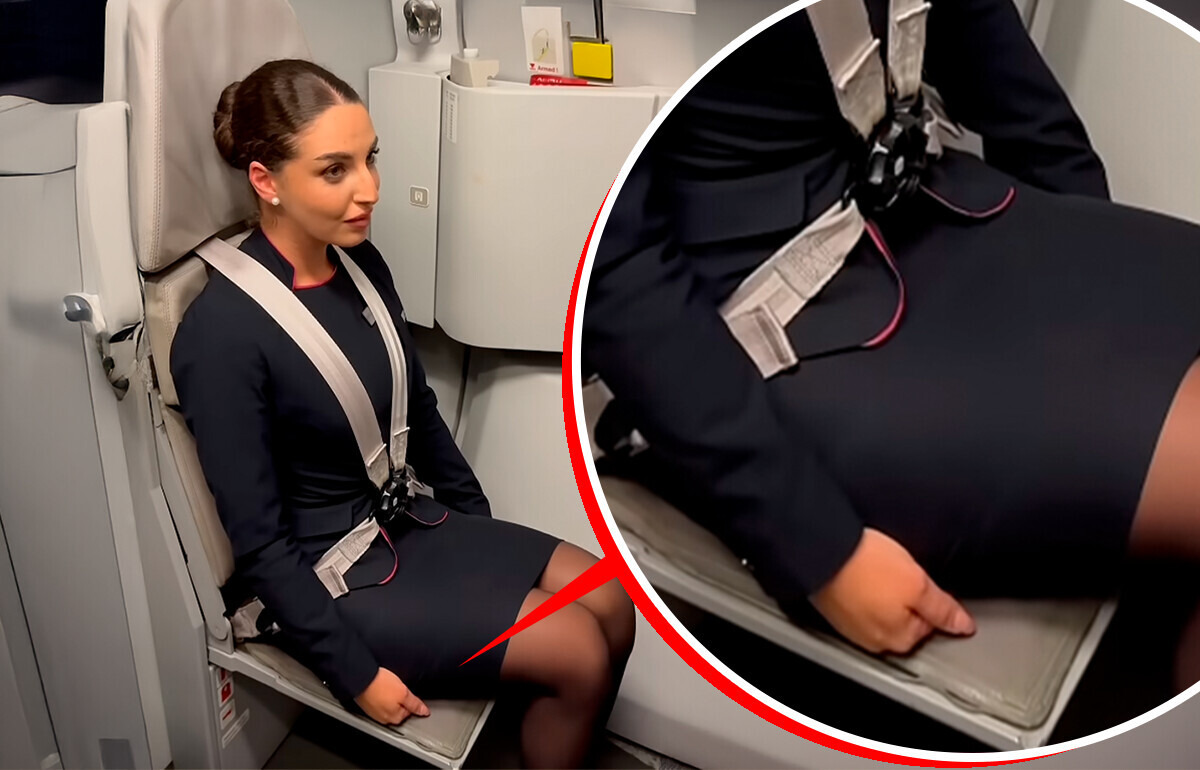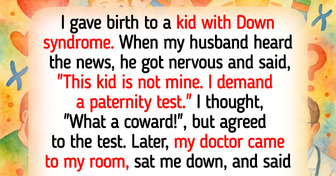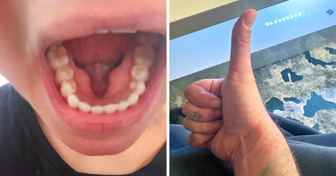At 17 Months, He Was 70lb—Now at 30, His New Look Stuns Everyone


Why is the cabin always cool? Why do they dim the lights during landing? And what can you ask a flight attendant for during a flight? In this article, you’ll find facts about air travel, which will surely make you look at your trips in a new way.
It turns out that this is not just a fashion statement, but a matter of life and death. A thick beard can prevent the oxygen mask from fitting properly.
While a passenger can still manually hold it in place, although even so they may experience oxygen deprivation and lose consciousness, it is necessary for the pilot to stay conscious and be able to control the aircraft with both hands.
Most airplanes have emergency feminine supplies available in the lavatories if needed. Additionally, nearly every flight attendant carries extras and is more than happy to help. They understand how stressful and uncomfortable flying can be, and many keep a small pouch of essentials just in case a passenger needs them.
Tampons can also be surprisingly useful for nosebleeds — something that’s fairly common during flights due to the dry cabin air.
You may have noticed that some flight attendants put their hands under their legs after fastening the seatbelt. They don’t do it just to warm their cold fingers.
According to flight attendant Henny Lim, this hand position with palms up is on the list of safety recommendations for flight attendants. Naturally, it also includes fastening the seatbelt and placing the seat upright, as well as keeping the hands relaxed and the feet on the floor.
She explains that flight attendants take this pose for a reason. It is to keep the body in a rigid posture. This helps to reduce the chances of injury in case of any impact during an emergency. Other flight attendants note that some rules have changed over the years, and now some airlines recommend sitting with your hands in your lap.
In any case, this is different from the recommendations for passengers. As a reminder, in the event of an emergency, you should lean your torso forward and rest your head against the seat in front of you, rather than sitting upright like flight attendants. It’s also advised to frame the head with your hands.
There’s a very good reason why you need to alert a flight attendant if you drop your phone under your seat on an airplane. The problem is that starting a fire on board a plane is easier than you think, and it’s all about the gadgets we’re using.
As it turns out, tiny but powerful lithium batteries can potentially cause a fire if they get crushed. So, if you dropped your phone, it’s best to inform the flight attendant about it to avoid serious consequences.
The last few points are more about useful facts that might make your next flight a little more comfortable.
Flight attendant Jenny Kwon shared with users some of the tips and tricks that everyone can use. For example, if your seatbelt is a bit tight, you can ask for a belt extender. Not everyone is aware of its existence.
Kwon says that if there are unclaimed portions of food left over, a passenger can ask for more.
Anyway, all leftovers will be thrown away after the flight.
Even in summer, the cabin can be chilly, and there’s a reason for that. Believe it or not, it helps you, even if you don’t notice it.
According to flight attendant Vanessa Settimi, the cabin temperature is controlled by the pilots. It is usually kept between 72°F and 75°F, but because passengers almost don’t move in their seats, it feels lower. Most importantly, the cold in the aircraft helps people cope with the effects of turbulence — passengers are less likely to feel dizzy. It also reduces the likelihood of fainting in those who are prone to it.
However, there is another, more scientific reason why it can be cold on an aircraft: the temperature is kept low to compensate for the effects of cold atmospheric conditions that take effect as you gain altitude.
When a flight attendant is seated on the jumpseat during takeoff or landing, they’re not just sitting idly — they’re mentally running through emergency procedures. This is known as a silent review, where they quietly rehearse what to do in case of a crash or evacuation.
Flight attendants are often the unsung heroes of air travel — maintaining safety and comfort, all while wearing a smile. But every now and then, their kindness or quick thinking turns an ordinary flight into an unforgettable experience.











